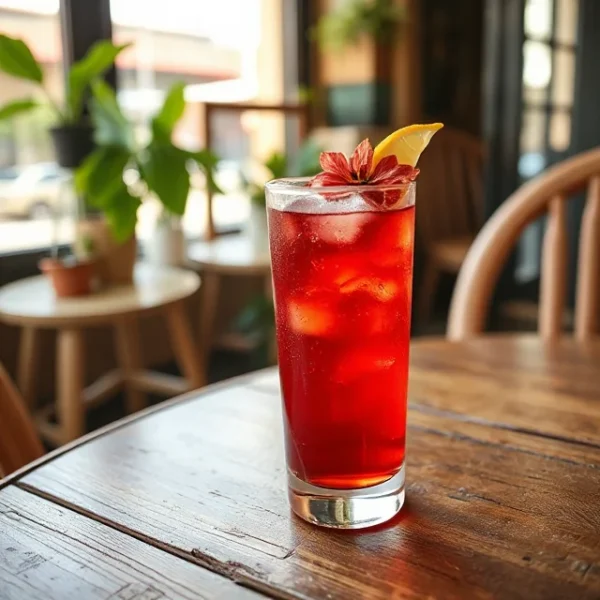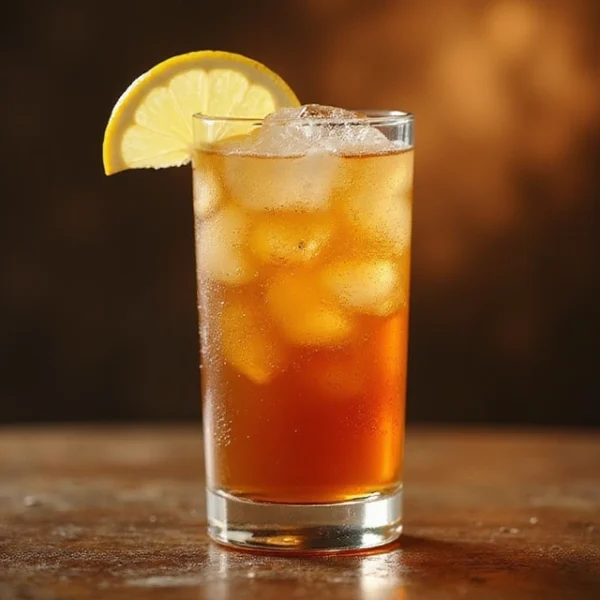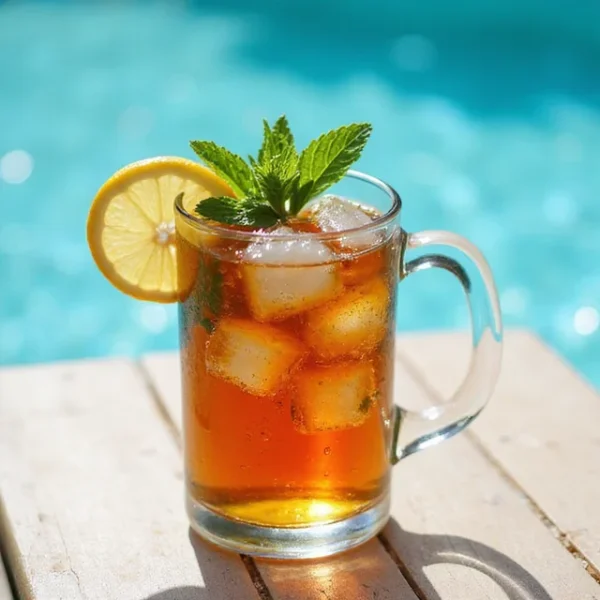Hibiscus Tea Recipe
Forget overpriced wellness drinks—hibiscus tea is the tart, refreshing, antioxidant-packed hero you didn’t know you needed.
It’s like summer decided to liquefy itself and jump into your glass. And the best part? You can make it at home for pennies. Let’s get brewing.
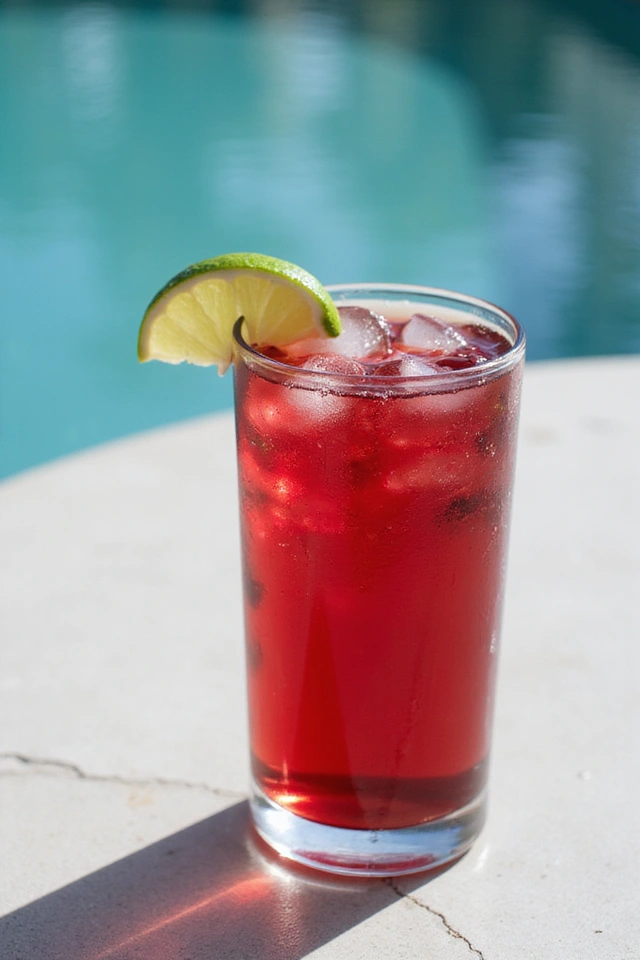
This isn’t just tea; it’s a flavor explosion. Hibiscus delivers a tangy, cranberry-like punch that’s sweet, tart, and ridiculously refreshing.
It’s caffeine-free, loaded with vitamin C, and studies suggest it might even help lower blood pressure (science for the win).
Plus, it’s Instagram-worthy—vibrant red, served hot or iced, and customizable AF.
And unlike some finicky herbal teas, hibiscus doesn’t demand a PhD in brewing.
You’ll nail this on the first try—unless you ignore the “common mistakes” section (don’t say we didn’t warn you).
Prep time: 5 minutes
Cook time: 10 minutes
Total time: 15 minutes
Servings: 4 (or 1 if you’re having “one of those days”)
Ingredients
Instructions
- Boil the water. Dump 4 cups of water into a pot and crank the heat to high. Toss in the cinnamon stick if using—it’ll infuse while heating.
- Add the hibiscus. Once boiling, kill the heat and stir in the dried petals. Let them steep for 10 minutes (longer = stronger, but don’t overdo it or it’ll taste like cough syrup).
- Strain it. Pour the tea through a fine mesh strainer into a pitcher. Compost the soggy petals (or guilt-trip your plants with them).
- Sweeten the deal. Stir in honey or agave while the tea’s still warm so it dissolves properly. Taste and adjust—hibiscus can be puckeringly tart.
- Citrus it up. Squeeze in lime or orange juice. Pro tip: Add a few slices to the pitcher for ~aesthetic~ and extra flavor.
- Serve hot or cold. For iced tea, chill it for 2+ hours or pour over ice immediately (dilution is inevitable, so brew it strong). Garnish with mint or ginger if you’re feeling extra.
Nutritional Values (Per Serving)
- Calories: 30
- Carbs: 8g
- Sugar: 6g (from honey, so it’s ~natural~)
- Vitamin C: 10% DV
- Iron: 2% DV
- Antioxidants: Off the charts (unofficially)
Storage Instructions
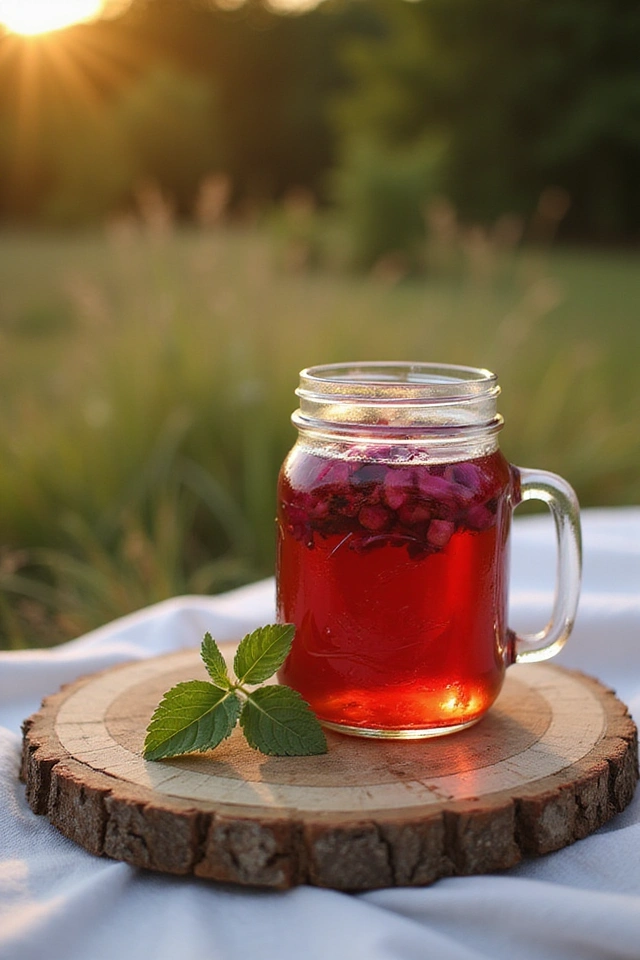
Store leftover tea in a sealed pitcher or jar in the fridge for up to 5 days. The color might deepen—that’s normal. If it starts tasting funky, dump it (RIP). For iced tea, freeze it into cubes to avoid dilution later. Genius, right?
Common Mistakes to Avoid
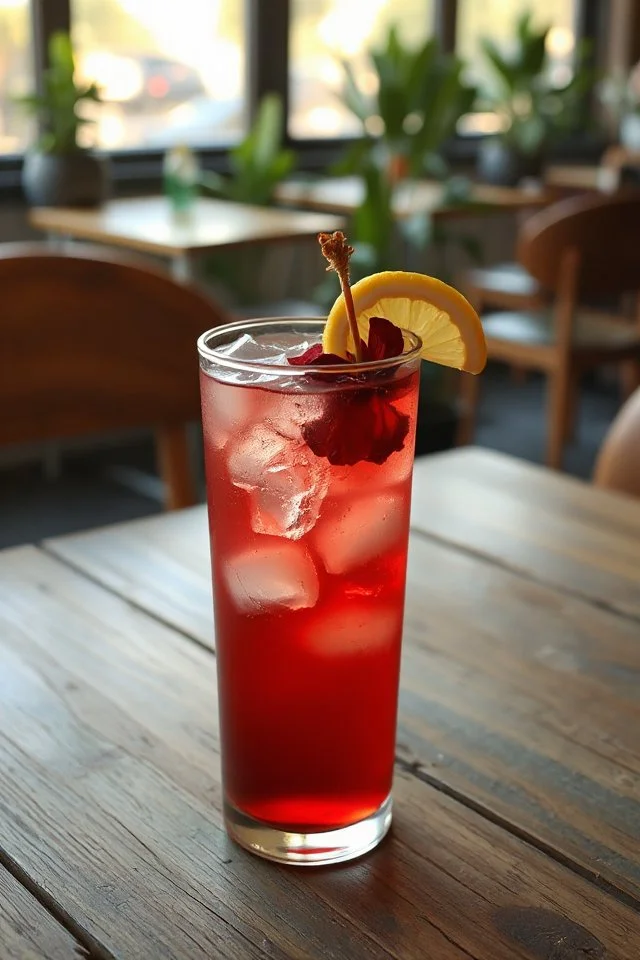
- Oversteeping. Beyond 15 minutes, hibiscus turns bitter. Set a timer unless you enjoy punishment.
- Using tap water. Chlorine + floral tea = sadness. Filter it or use bottled.
- Skipping the sweetener. Unless you’re a masochist, balance the tartness.
- Cheaping out on petals. Low-quality hibiscus tastes like dirt. Spend the extra $2.
- Forgetting to strain. Nobody likes petal chunks. Double-strain if needed.
Alternatives
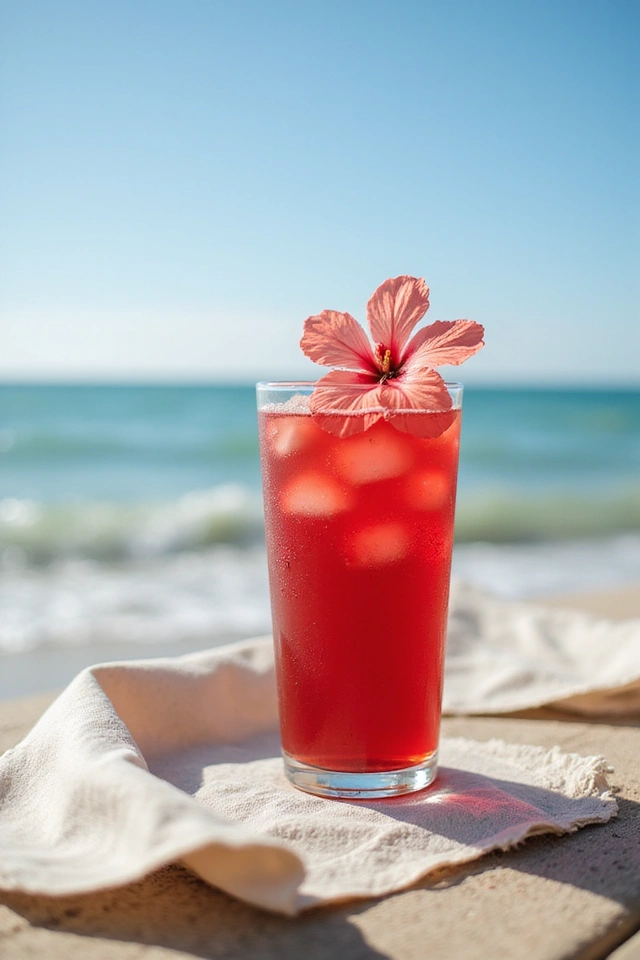
No fresh citrus? Use ½ tsp citric acid or a splash of pineapple juice. Vegan? Swap honey for maple syrup. Want caffeine? Brew with green tea leaves. Too lazy to boil water? Cold-steep overnight (use 1.5x the petals). Hate fun? Just drink water, I guess.
Frequently Asked Questions
Can I use fresh hibiscus flowers?
Yes, but you’ll need twice the amount (½ cup dried = ~1 cup fresh). Steep time stays the same.
Why is my tea cloudy?
You probably squeezed the petals while straining. Hibiscus releases natural pectin—gentle straining keeps it clear.
Can I make a big batch for a party?
Absolutely. Double or triple the recipe, but brew in separate pots to avoid weak tea (or mutiny from guests).
Does hibiscus tea interact with medications?
It might affect blood pressure or diuretic meds. Ask your doctor—we’re just tea enthusiasts here.
Can I drink this while pregnant?
Studies are mixed, so check with your OB-GYN. Better safe than sorry.
Final Thoughts
Hibiscus tea is the ultimate flex: cheap, healthy, delicious, and barely any work. You’ll wonder why you ever paid $7 for a bottled version.
Customize it, chug it, serve it to guests who’ll think you’re a gourmet genius—whatever. Just don’t overthink it. Your taste buds (and your wallet) will thank you.

